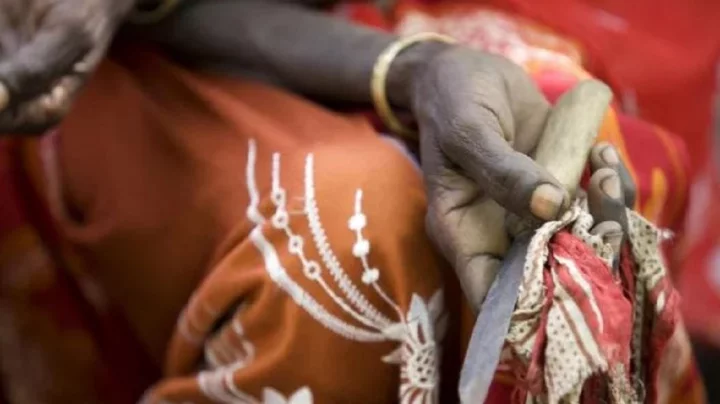

In the last eight years, the number of female children and women circumcised has increased by 15 percent. In a recently published report MT said the United Nations Children’s Fund UNICEF.
According to the organization, about 230 million women in the world are alive after being circumcised. In 2016, this number was 20 crores. UNICEF Executive Director Catherine Russell said that younger women are more likely to be circumcised.
He said, ‘If women’s genitals are cut, their bodies are damaged. It also threatens their future. We must intensify our efforts to end this harmful practice. Female circumcision is the deliberate cutting off of the outer genitalia of a girl.
Unicef says that although women around the world are not circumcised, female birth rates have increased in countries where female circumcision is performed. The United Nations wants to eliminate FGM from the world by 2030. And for this they have to do it 27 times faster than the speed at which they are working.
The United Nations says female genital mutilation is a violation of human rights. A resolution banning it was also passed in 2012.
UNICEF reports that 60 percent of women in the world are circumcised in Africa. 14.4 million women have been circumcised there. Then more women are circumcised in Asia. 8 crore women have been circumcised in this continent. In addition, 6 million women are circumcised in the Middle East.
The report also said that among the African countries, Somalia, Guinea, Djibouti, Egypt, Sudan and Mali have the highest rates of female circumcision. Issues such as war, climate crisis and food insecurity in these countries make it difficult for women to succeed.
Some of these African countries have come out of the practice of female circumcision in the last few decades. But the total number has increased. Analysts say the main reasons behind female circumcision are: social norms, religion, misconceptions about circumcision, a concept of preserving virginity, making women marriageable and increasing men’s sexual pleasure.
In many cultures, female circumcision is considered to make girls feminine. It is also sometimes seen as a prerequisite for marriage. Although circumcision has no health benefits, people in societies accustomed to such practices consider girls who are not so circumcised to be unhealthy, unclean, or unimportant.
In most cases it is done against women’s will and world health experts consider it a form of violence against women. Nimko Ali, executive director of Five Foundation, a non-governmental organization working to eliminate female circumcision, told the British newspaper Guardian, “I am a victim of this incident. I know the effect it has on women. I am appalled that this number continues to rise especially when we know what we can do to prevent it.’